Ah, bicycle spokes! - The thin metallic sticks stretched from the centre of the bike wheel towards the rim.
At first glance, they may seem delicate and inconspicuous - like a little tweak can break them apart.
However, don’t fall for their innocent charms - they are the real heroes of each bicycle ride. Strong, resilient, and ready for every challenge.
Whether you’re freewheeling downhill or grinding uphill, not to mention the experience of negotiating city streets, your spokes are going all in, so buckle down (or clip in)!
Today, we are going into exhaustive detail on what defines bicycle spokes!
Cycle Spokes: What Are Spokes in a Bicycle Wheel?
In simple words, spokes are thin rods that link the hub (the centre of the wheel) to the rim (the outer circular shape that holds the tyre).
And it is not just about connection - it is about the tension formed.
The spokes help distribute the weight over the wheel, strengthen it structurally, and ensure its shape stays perfectly round and stable during movement.
Thanks to the spokes, a bicycle wheel looks more like a pancake than a solid circle. The tension and the strength acquired through it carry you through miles and miles of road.
Wondering how? The spokes of the cycle wheel increase the moment of inertia, resulting in increasing the speed of the cycle, thus maintaining the uniform rotational motion.
The spokes not only make for the visual of a cycle but are also engineering marvels.
Anatomy of a Bicycle Spoke
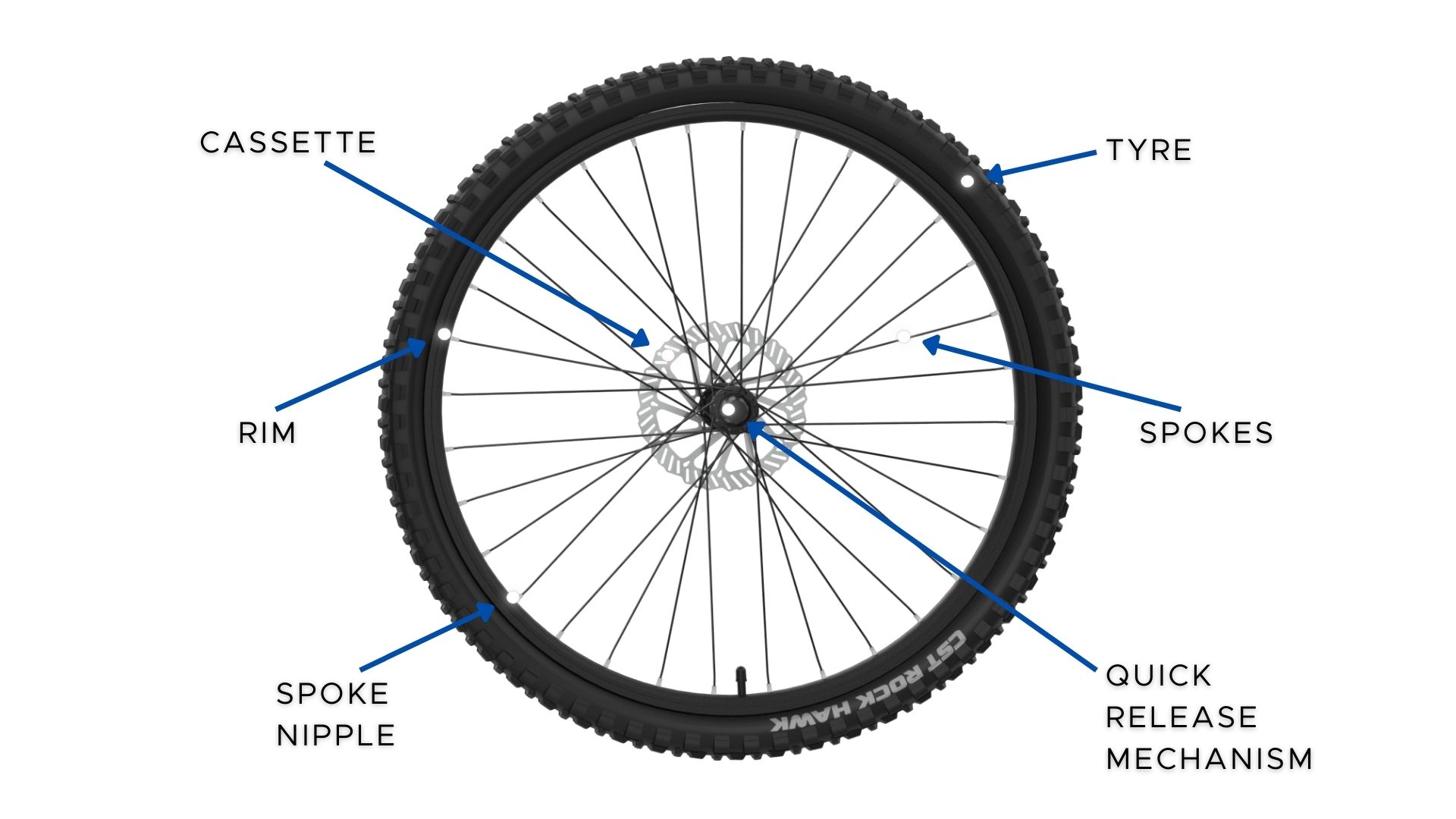
Now, let's get down to the nitty-gritty of the bicycle spoke.
There are three basic parts to bicycle spokes:
- The Hub End (or J-Bend): The part that hooks into the hub
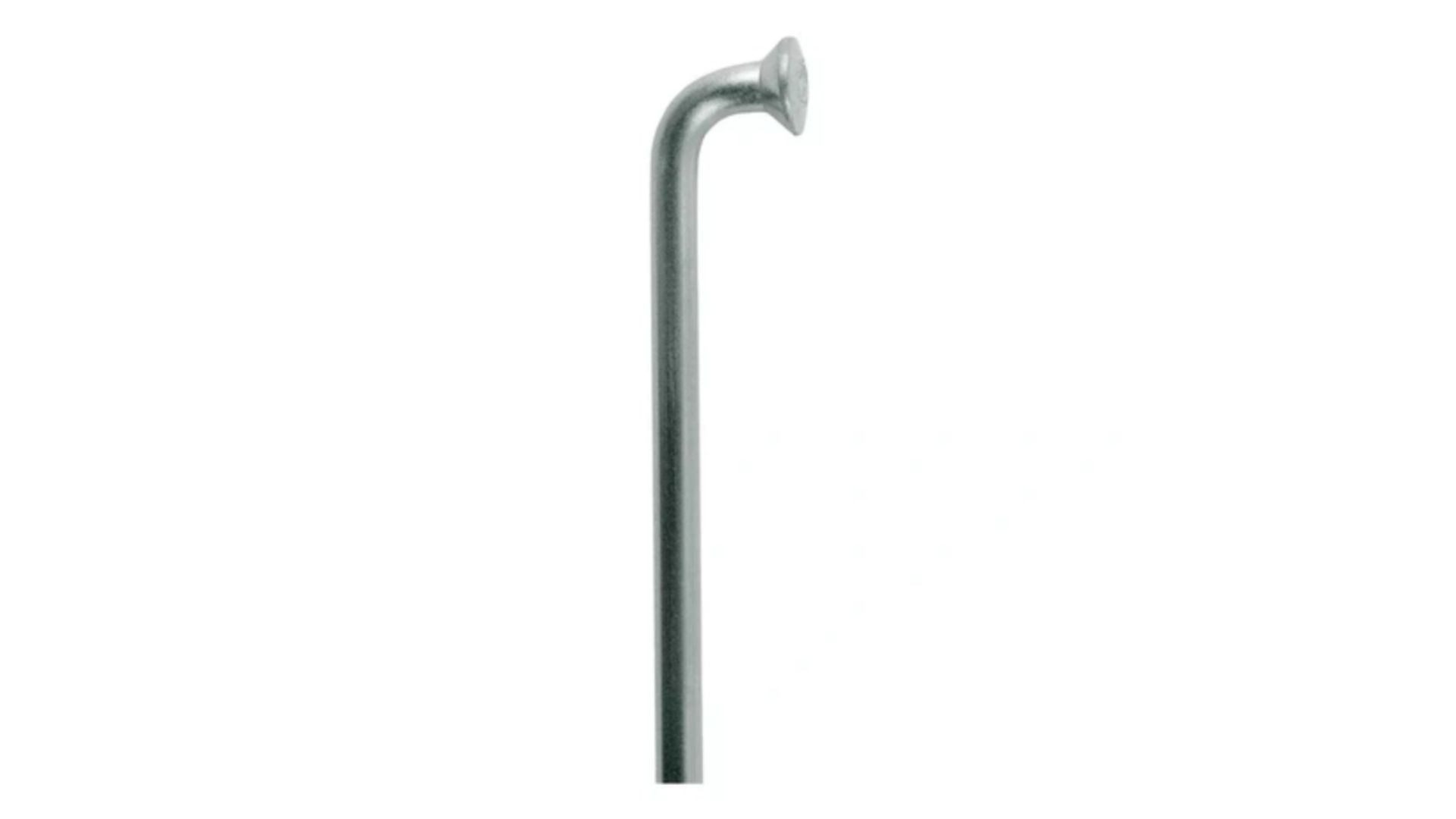
- The Spoke Shaft: The long, thin middle section with all the spokes
- The Nipple:This small threaded piece at the edge of the rim is used to adjust the tension
Spokes have an adjustability feature that is perfect for adjusting the tension as per requirement.
By tightening or releasing the nipples, a mechanic could "correct" a wheel so that it remains straight and aligned.
Types of Cycle Spokes
No two spokes are the same.
Depending on your bike and riding style, you might encounter:
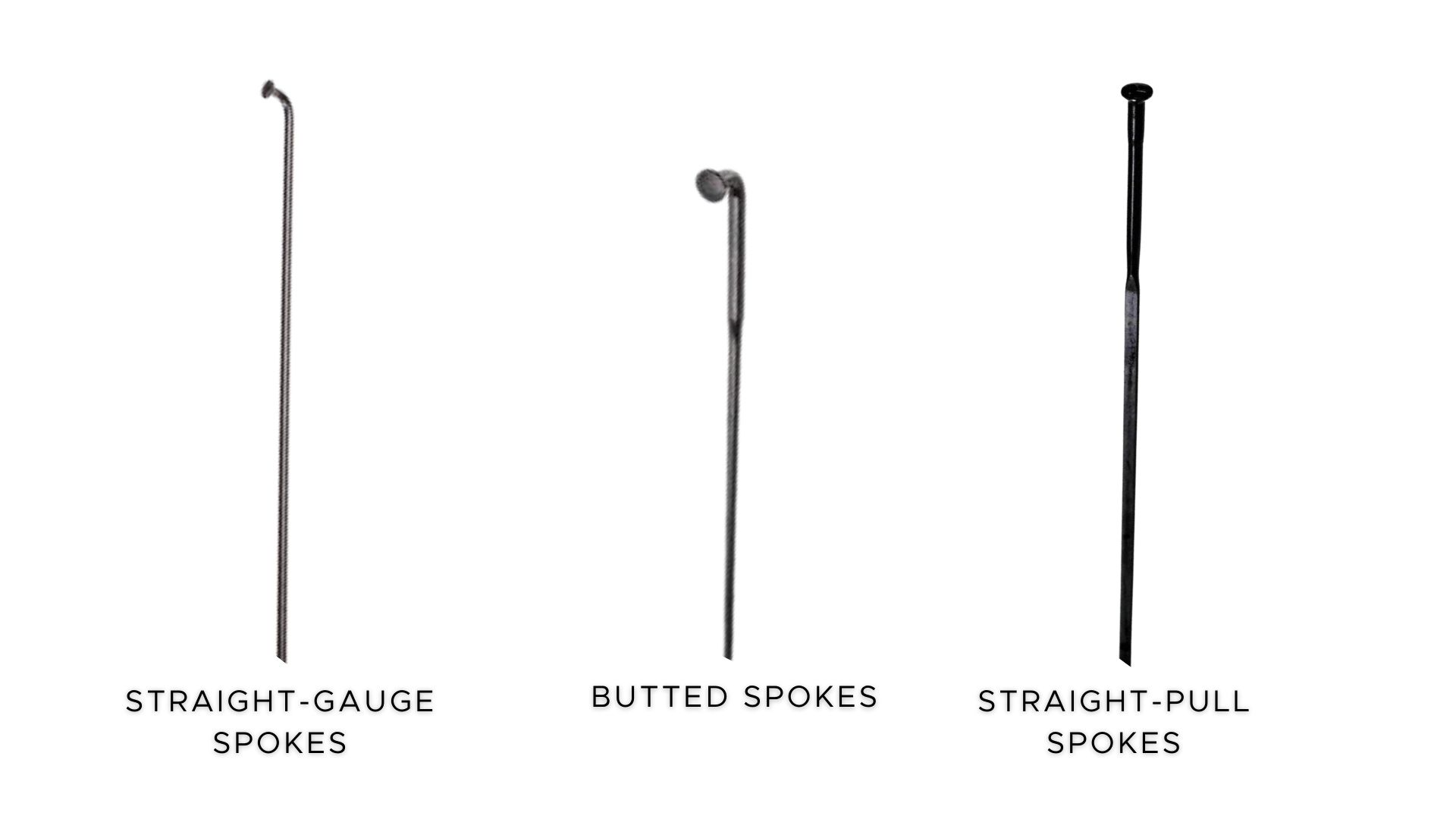
- Straight-Gauge Spokes: These are of uniform thickness over their entire length and are tough but somewhat bulky.
- Butted Spokes: These gradually taper towards the ends, thereby reducing weight without compromising on strength.
- Straight-Pull Spokes: These have no bends and are directly connected from the hub to the rim.
How Do Spokes Work? - The Science Behind the Spin
It is quite simple to understand that your body weight does not press evenly through all the spokes when you sit on a bicycle. It only presses down onto the spokes directly underneath you, which slightly changes the distance between them.
While this is happening to the spokes underneath you, the other spokes are still under tension, distributing all load over the whole wheel.
This fine tension compression equilibrium allows a wheel to support a good weight load with no buckling.
It is a little like a spider web—every spoke is needed, and every adjustment counts.
Want to know more about how the cycle wheels go round and round? Check out this blog - How Electric Bicycle Gear Systems Operate
Common Spoke Problems and How to Spot Them
Spokes are tough and quite flexible, but they can break.
The most common problems regarding spokes could be
- Broken Spokes: Usually result from overstress or low-quality materials
- Loose Spokes: This can result in wobbling of the wheel and also affect handling
- Corrosion and Rust: Especially severe in very humid or coastal places
Proper maintenance on a regular basis is the solution.
If the wheel wobbles or you hear a telltale 'ping' sound, it’s time to visit the local bike shop for some maintenance.
Why Spoke Material Matters
The material used for your spokes could significantly affect performance and durability.
Most spokes are manufactured from stainless steel because they are robust, rust-resistant, and relatively lightweight. However, high-performance cycles sometimes feature spokes manufactured from exotic materials like titanium or even carbon fibre.
Each material has its advantages and drawbacks, and the right decision depends on specific riding needs.
How to Maintain Your Cycle Spokes
Like any other part of your e-cycle, the spokes need love and attention.
Here are some quick tips:
- Regular Inspections: Check for broken, bent, or loose spokes
- Keep Them Clean: Wipe off dirt and grime regularly
- Tension Matters: If you don't have a spoke tension meter, have a professional check it.
A well-maintained set of spokes ensures smoother rides and fewer surprises on the road.
Spokes and Modern E-Cycles: The EMotorad Edge
Modern electric bicycles, such as those with EMotorad, have been taken to new heights regarding spoke technology.
With their higher torque speeds, e-cycle wheels bear a considerably different set of stresses. That's why at EMotorad, we ensure that our wheels come fitted only with high-quality spokes designed to take the strain experienced while electric riding.
The difference in robust spokes is felt when whipping through city traffic or taking on mountain trails - both in safety and performance.
Fun Facts About Bicycle Spokes
- The average cycle wheel has around 32 to 36 spokes.
- The Guinness World Record for the largest bicycle wheel has over 300 spokes!
- Spokes can actually be tuned to create musical notes (don’t try this at home, though).
The Final Spin: Why Spokes Deserve More Credit
Truth be told, bicycle spokes engineering deserves more recognition than it is now getting.
These simple metal rods balance weight, absorb shocks, and provide miles and miles of smooth spins. Plus, the multiple options allow riders to choose the option that complements their ride.
Next time you're out on the road, take a moment to consider the hard work that the spokes are putting in.
The likes of EMotorad are already at the forefront of building electric bikes with terrific wheel and spoke designs. The journey hereon only goes upwards.
Here's to the humble bicycle spokes - the small titans of two-wheeled rides!


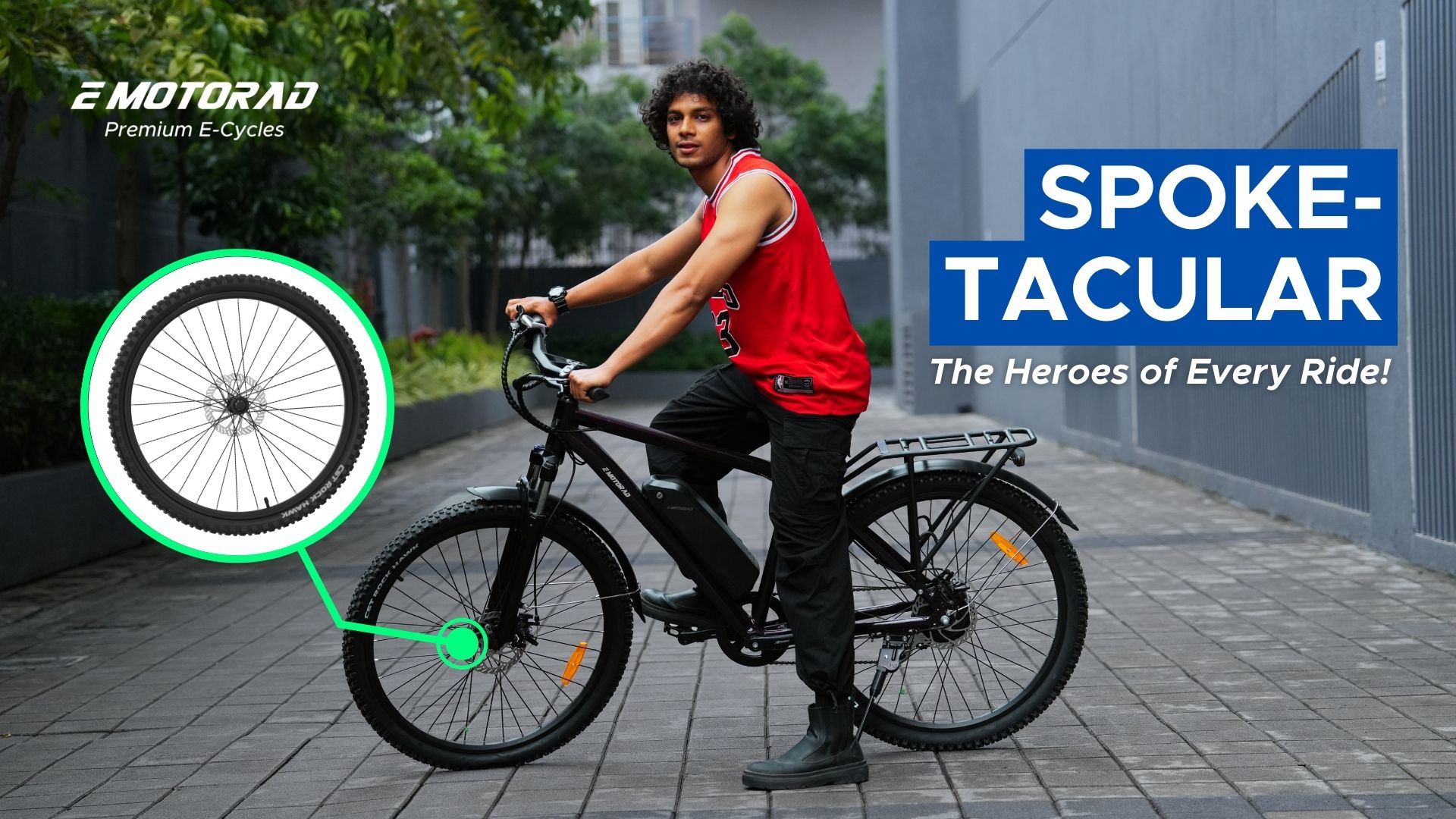
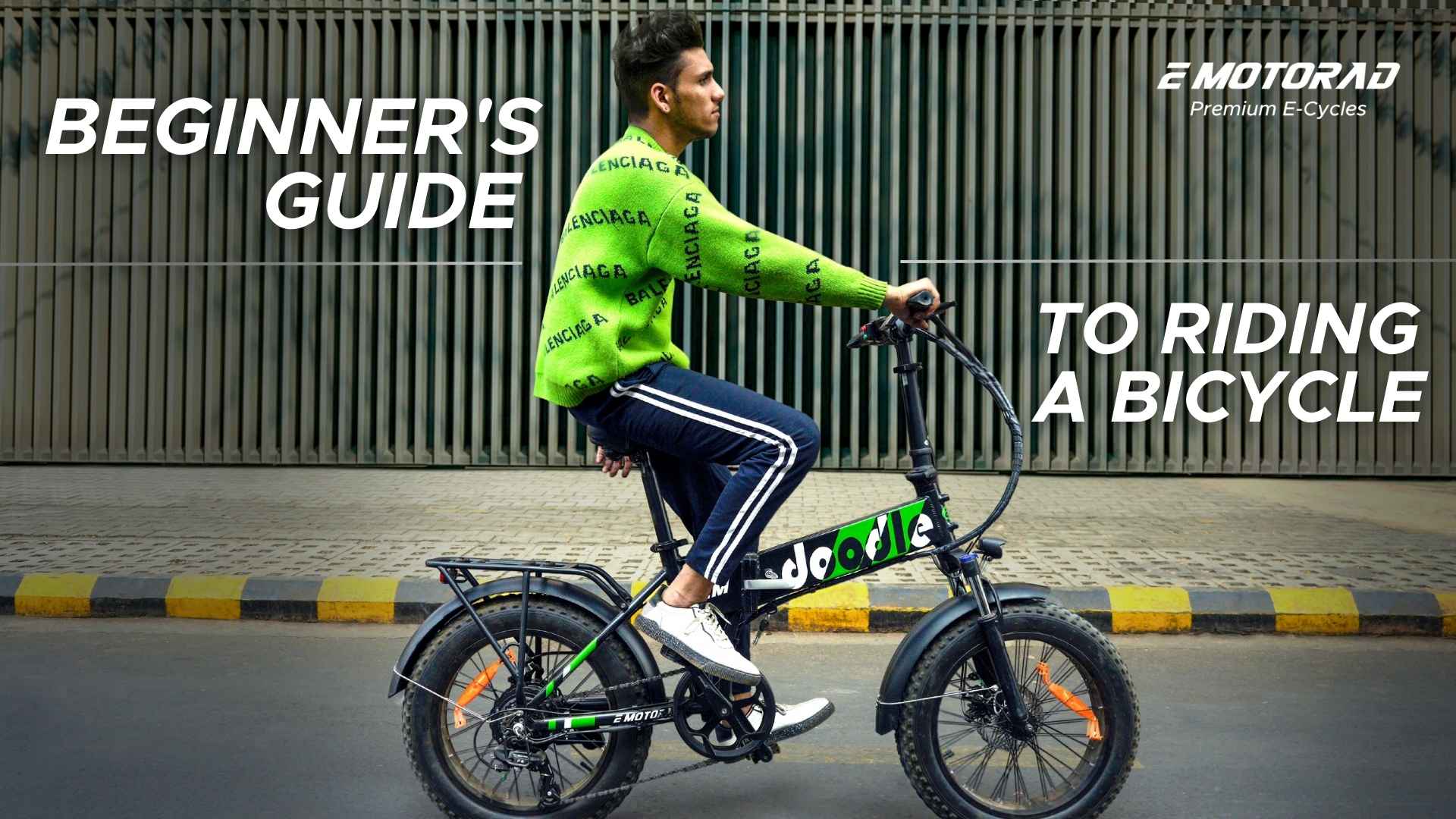
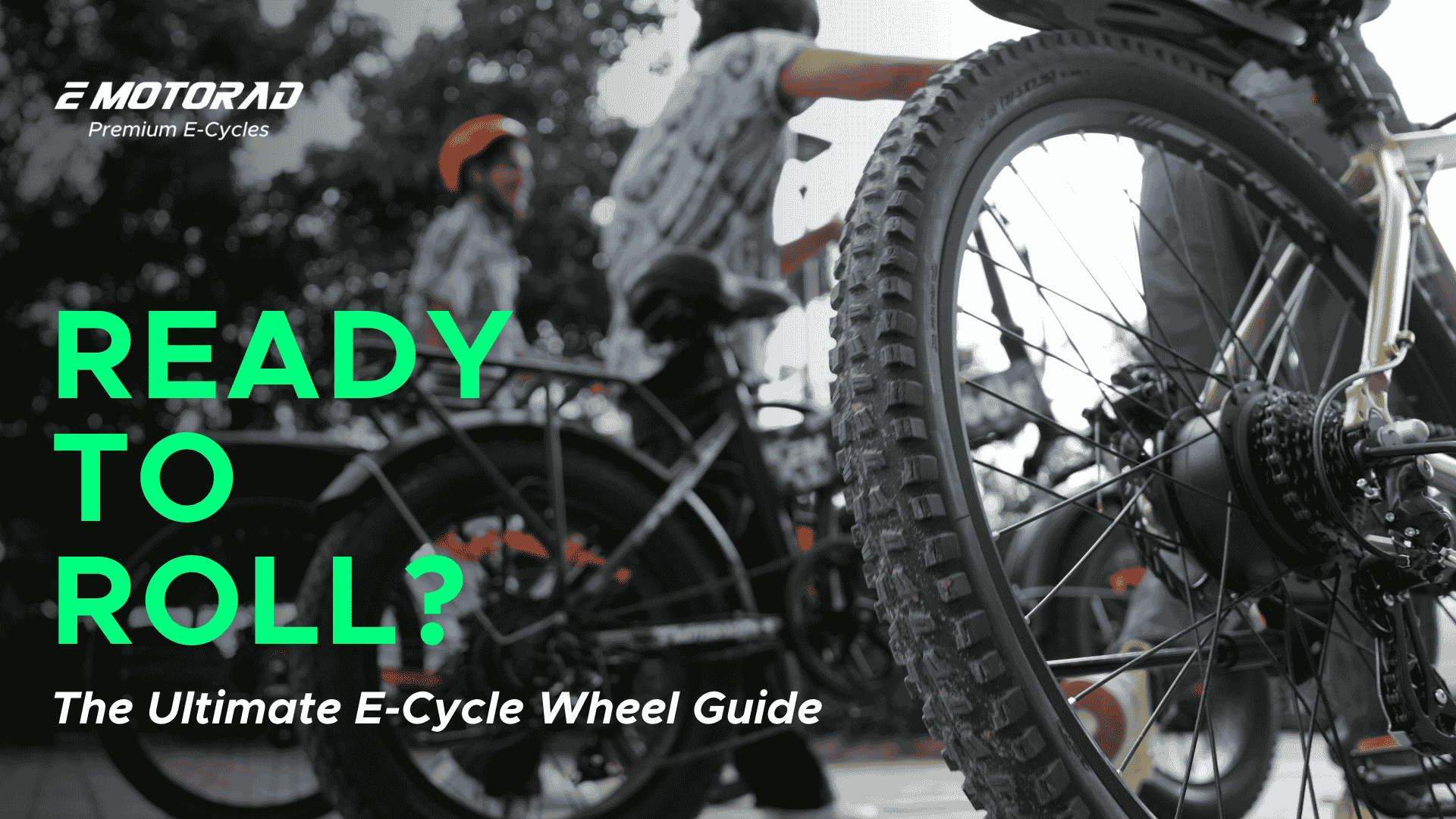
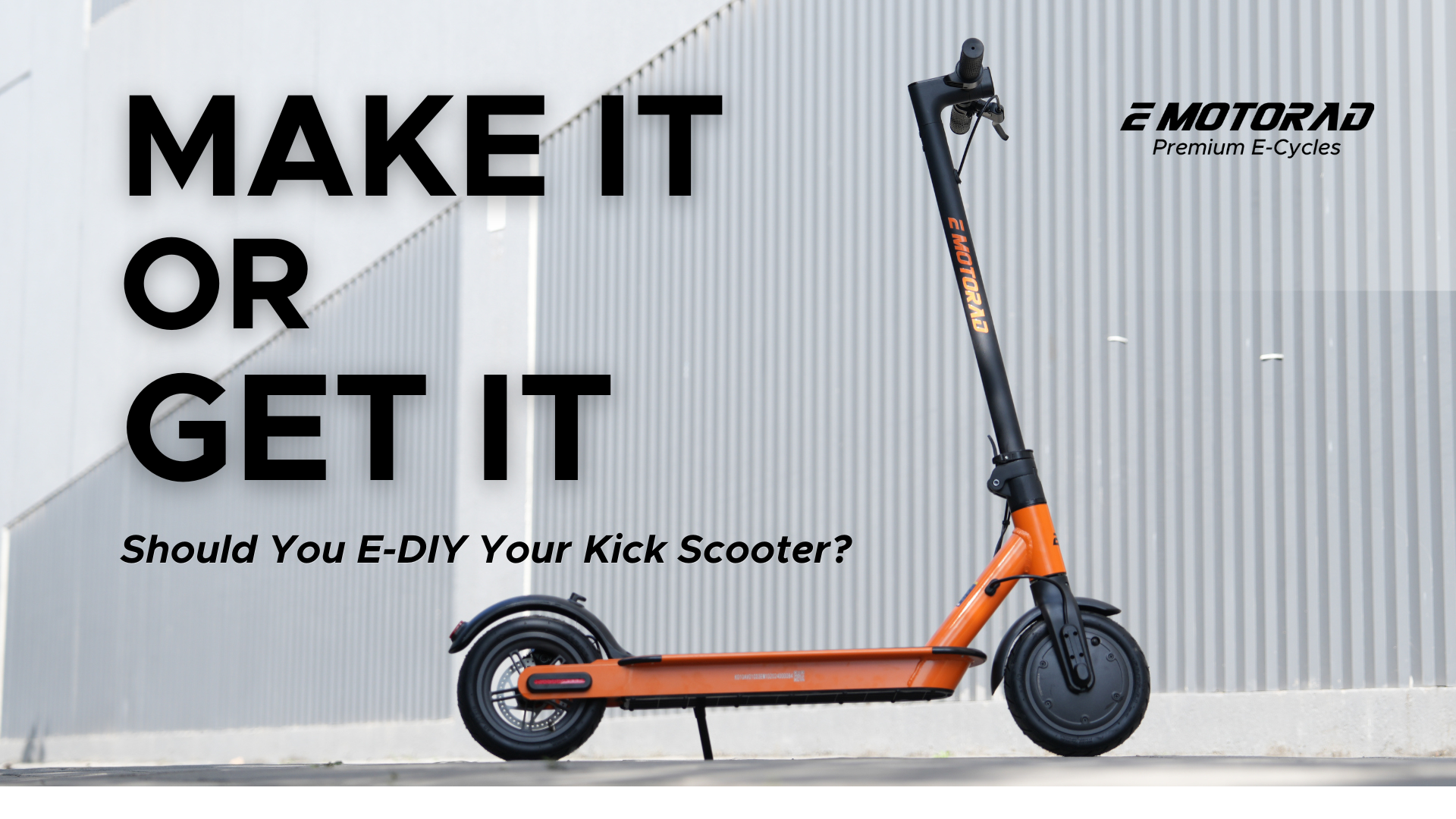
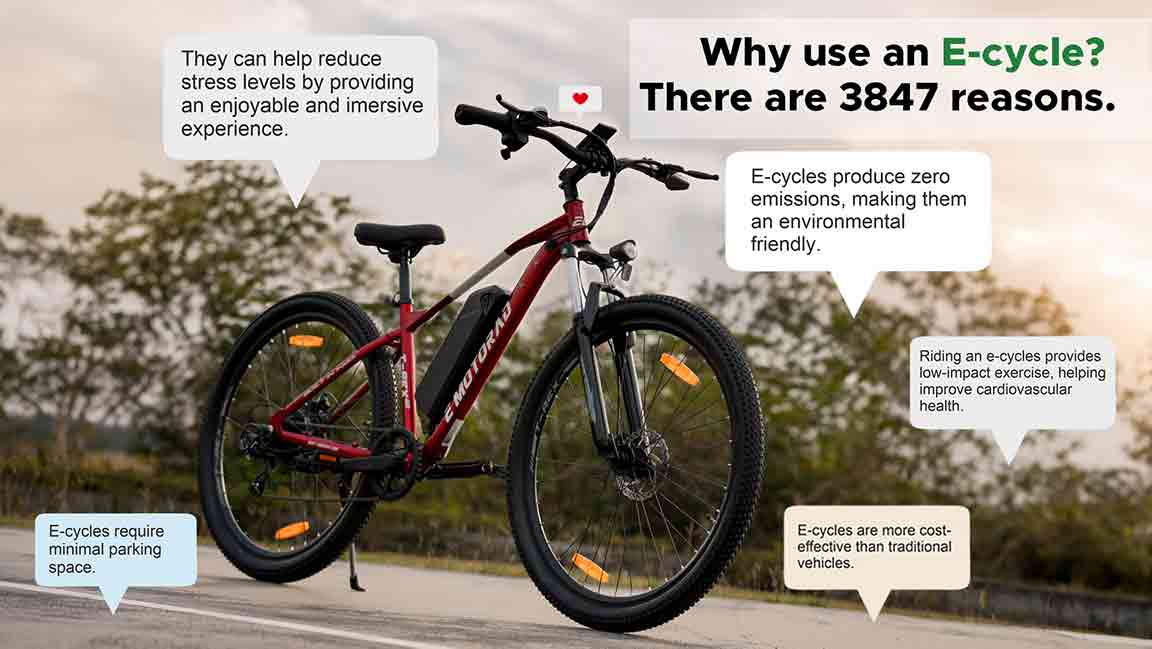

About Us
Blogs
News
EM Stories